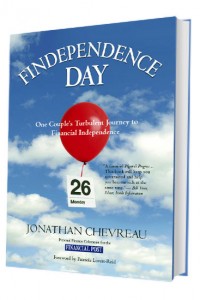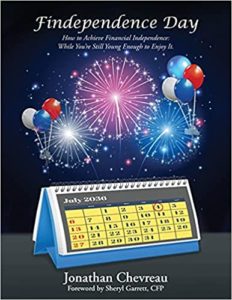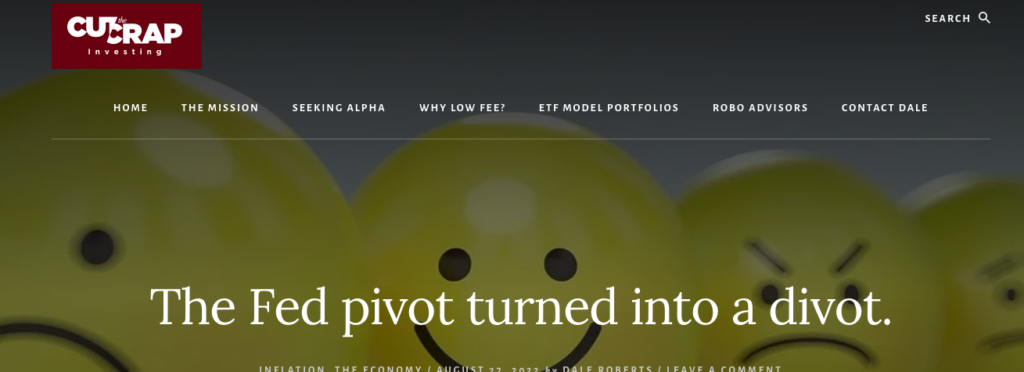
By Lucas Siegel
Special to the Financial Independence Hub
The infamous retirement crisis that’s been talked about for years just became real, with inflation and interest rates reaching record highs in the past few months. Consumer prices skyrocketed by 9.1% as of June 2022, the largest increase we’ve seen in 40 years. Couple that with a growing senior population living off a fixed income, many of which retired early during the pandemic, and you have yourself a massive problem.
Most senior Americans are unaware that their life insurance policy could be one of their most valuable liquid assets. Contrary to popular belief, life insurance isn’t just a way to care for loved ones after you die through the death benefit. In fact, permanent life insurance policies can also be used to access funds for retirement planning and healthcare when you need it most. Life settlements are legal throughout the US and regulated in all except six states, as well as the provinces of Quebec and Saskatchewan in Canada.
Regardless of age or financial standing, understanding the true value of your assets is essential to living out the retirement you deserve. Check out the following four ways you can use your life insurance policy to help fund retirement:
1.) Sell your life insurance policy through a life settlement
For millions of Americans who own a life insurance policy, selling it through a life settlement can be a great way to access cash when it’s most needed. A life settlement involves selling a life insurance policy for lump-sum cash payment that is more than the cash surrender value, but less than the death benefit. Despite decades of industry innovation and growth, some 200 billion dollars[US$] in life insurance is lapsed each year that could have been sold as a life settlement.
While the life settlement process once took two to four months, AI technology has expedited the process, making it easier than ever the get a life settlement valuation. Policyholders can now use a free life settlement calculator to instantly see how much their policy is worth based on a few simple questions. Just as you track the value of your house on Zillow or your car on Autotrader, understanding the value of your life insurance policy is critical to make the best financial decisions for you and your family.
2.) Obtain the cash value from a permanent policy
When you pay your premium on a permanent life policy, only a portion goes toward covering the cost of your life insurance. The remainder of these payments goes into an investment account where cash value can grow on a tax-deferred basis. As you age, you’ll also eventually be able to tap into the interest earnings from this investment account to help keep your policy active, thus bringing down your out of pocket premium payments. Essentially, the money in this account can be treated as emergency savings with tax advantages.
3.) Borrow from your policy through a loan
Americans with whole life insurance that have accrued enough cash value to cover the debt can also use their policy as collateral through a whole life loan program. One major benefit is the interest rate will be much lower than what you’d see with credit card debt or an unsecured personal loan. This allows the policyholder to get a one-time, tax-free distribution that can be paid off with interest in life, or be withdrawn from your life insurance policy’s death benefit. Retirees might be able to go through their insurance carrier if whole life loans are offered, or utilize a third-party whole life loan program instead. Continue Reading…







